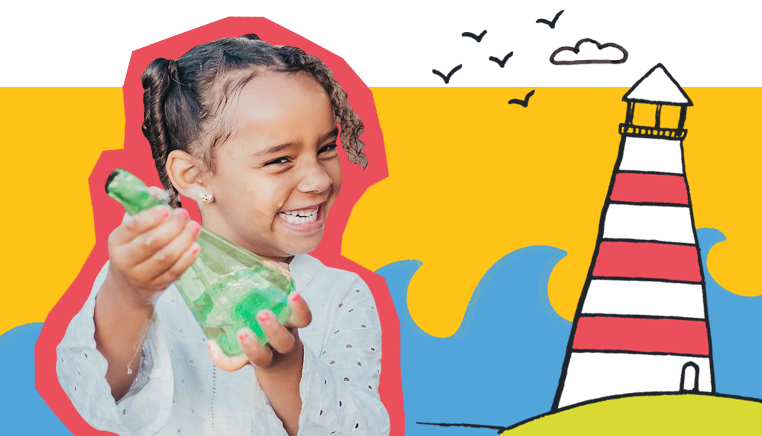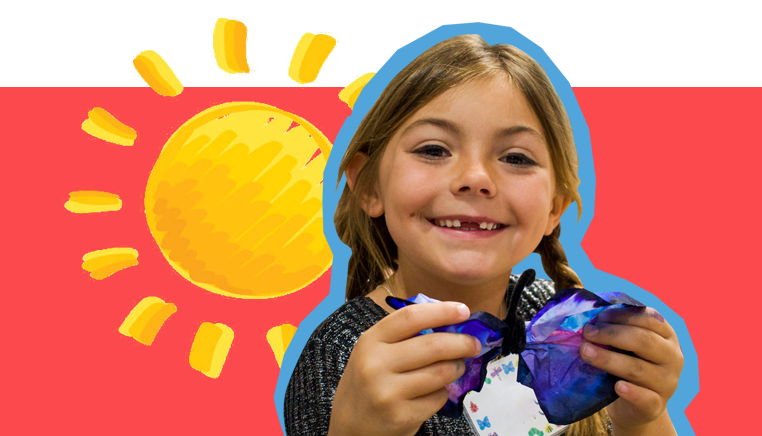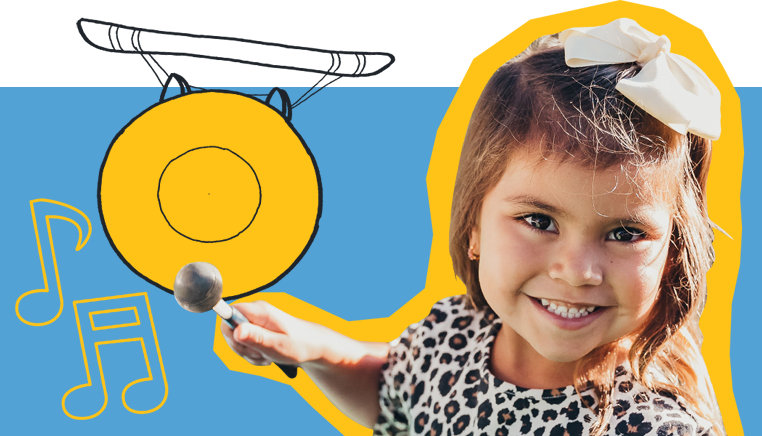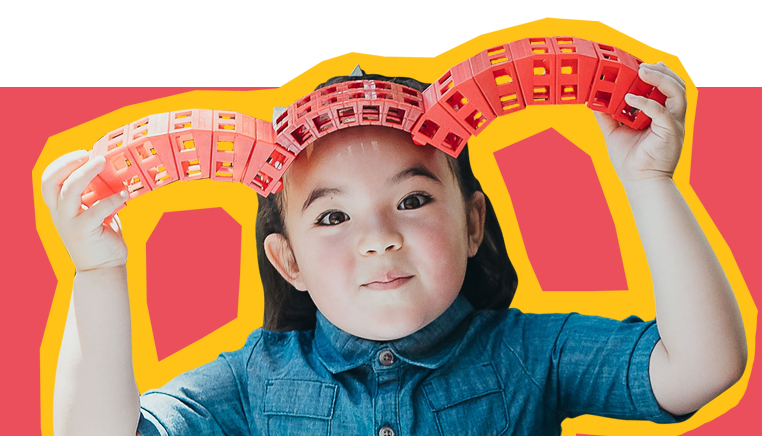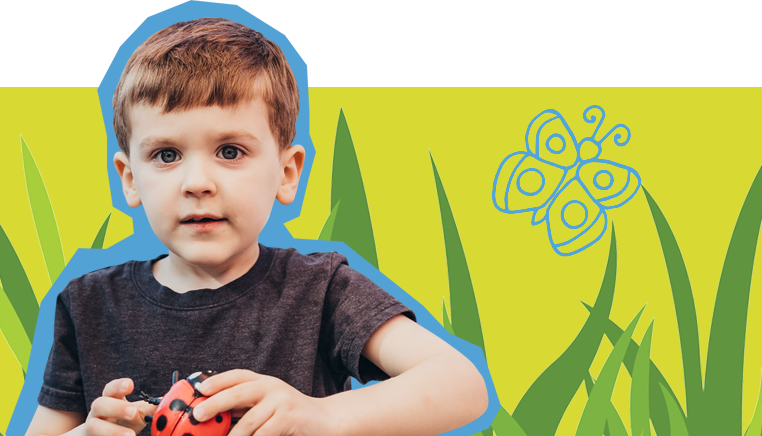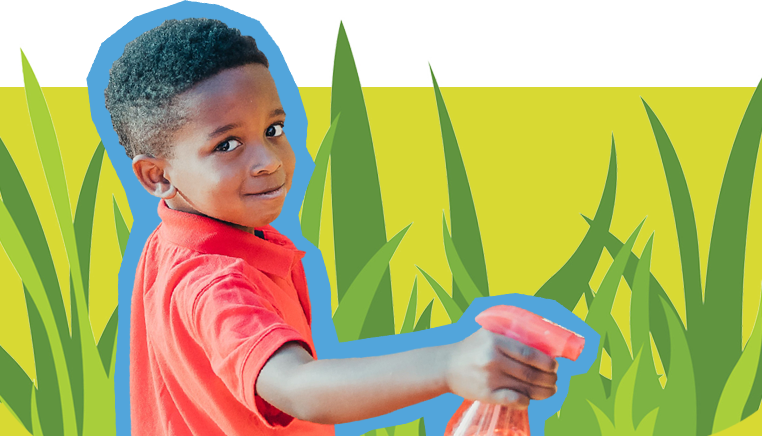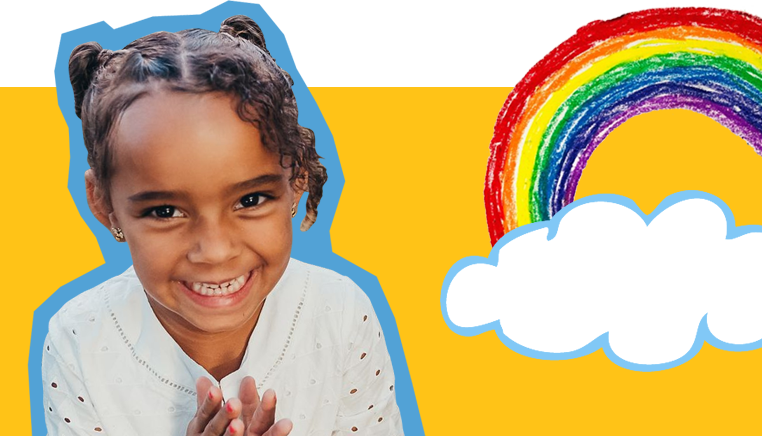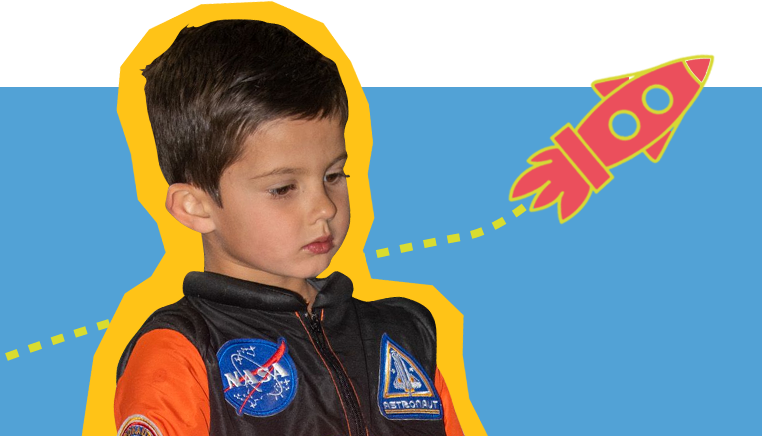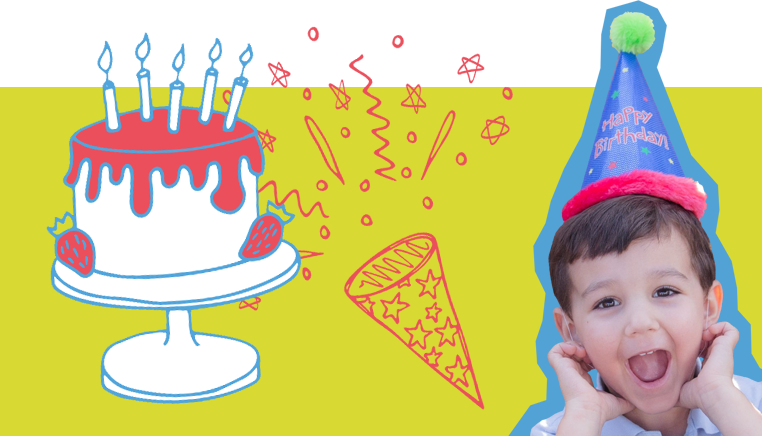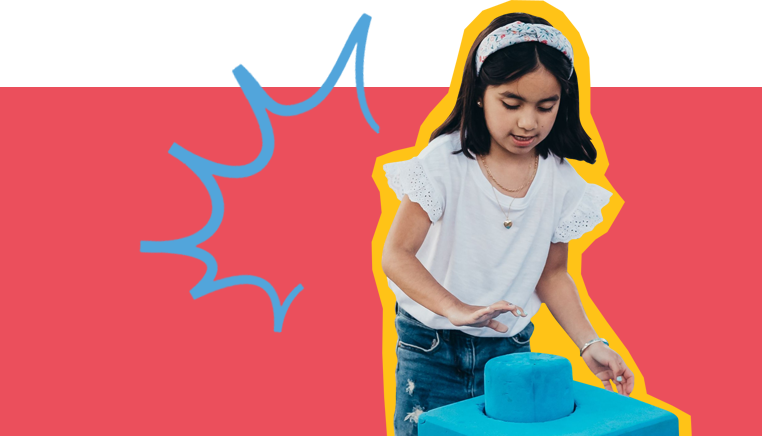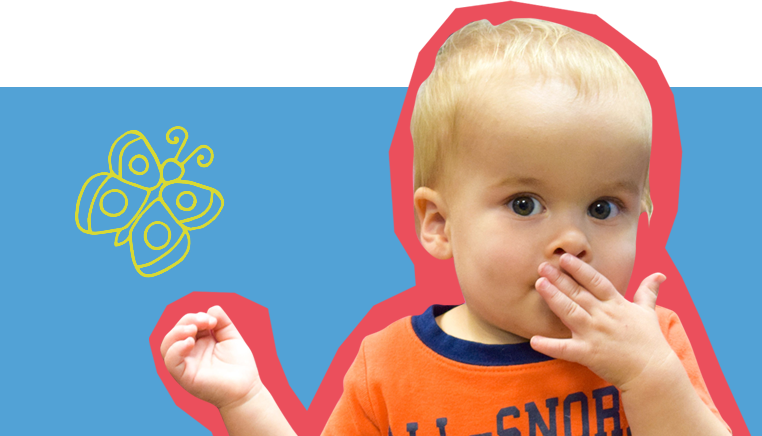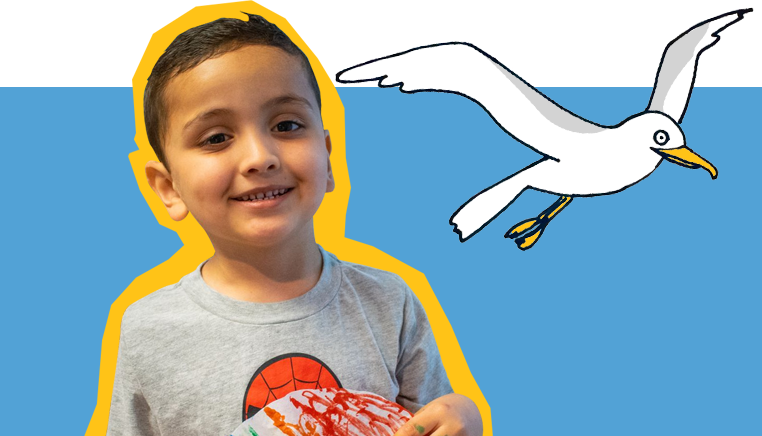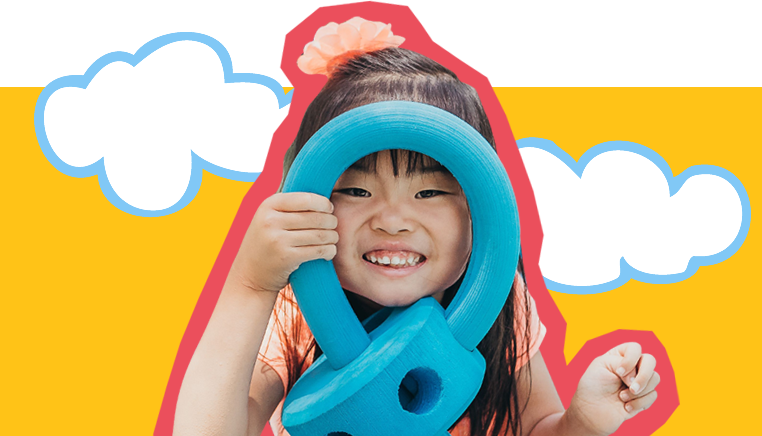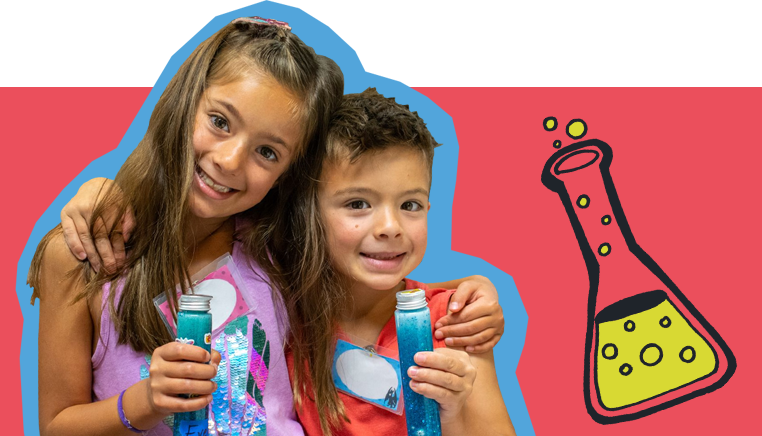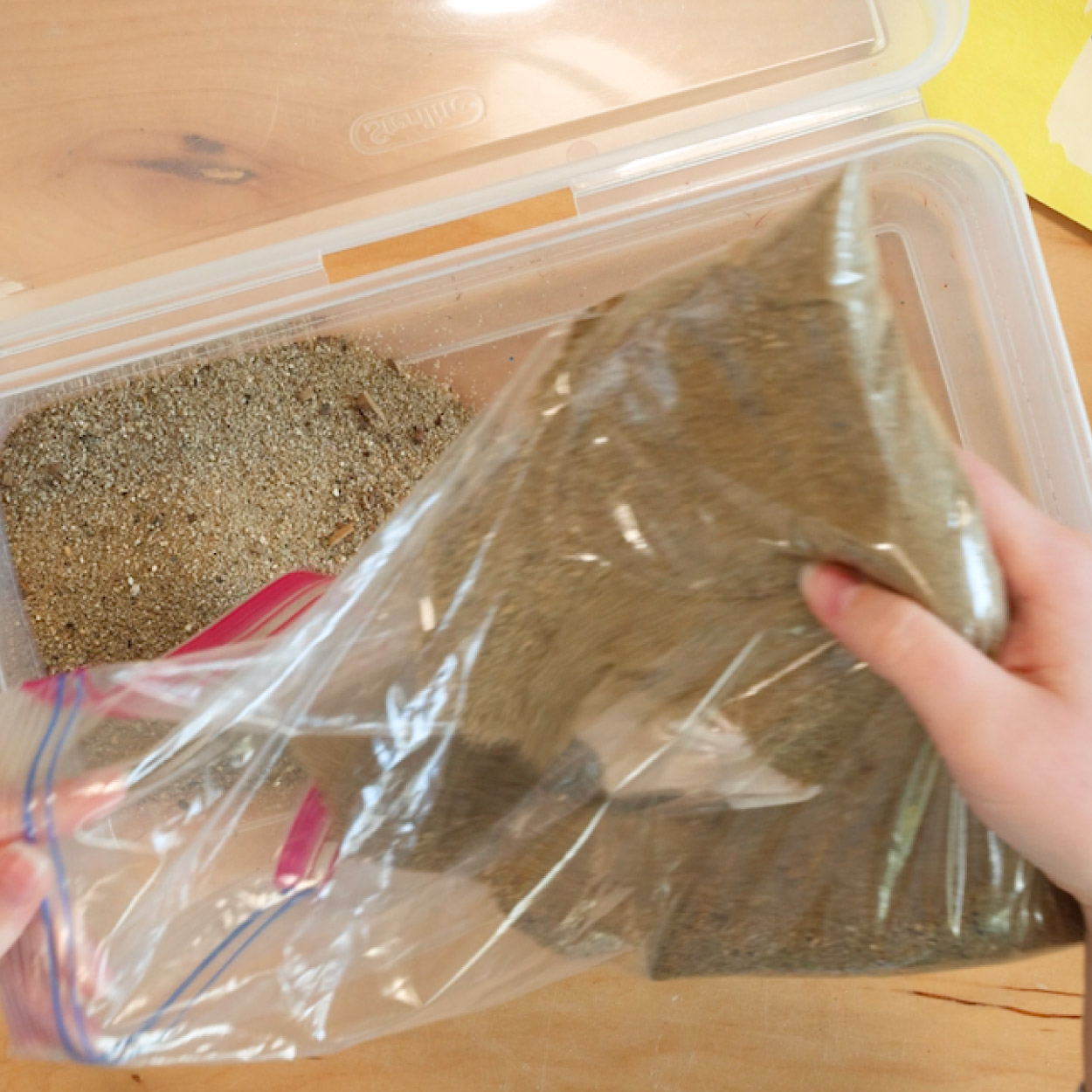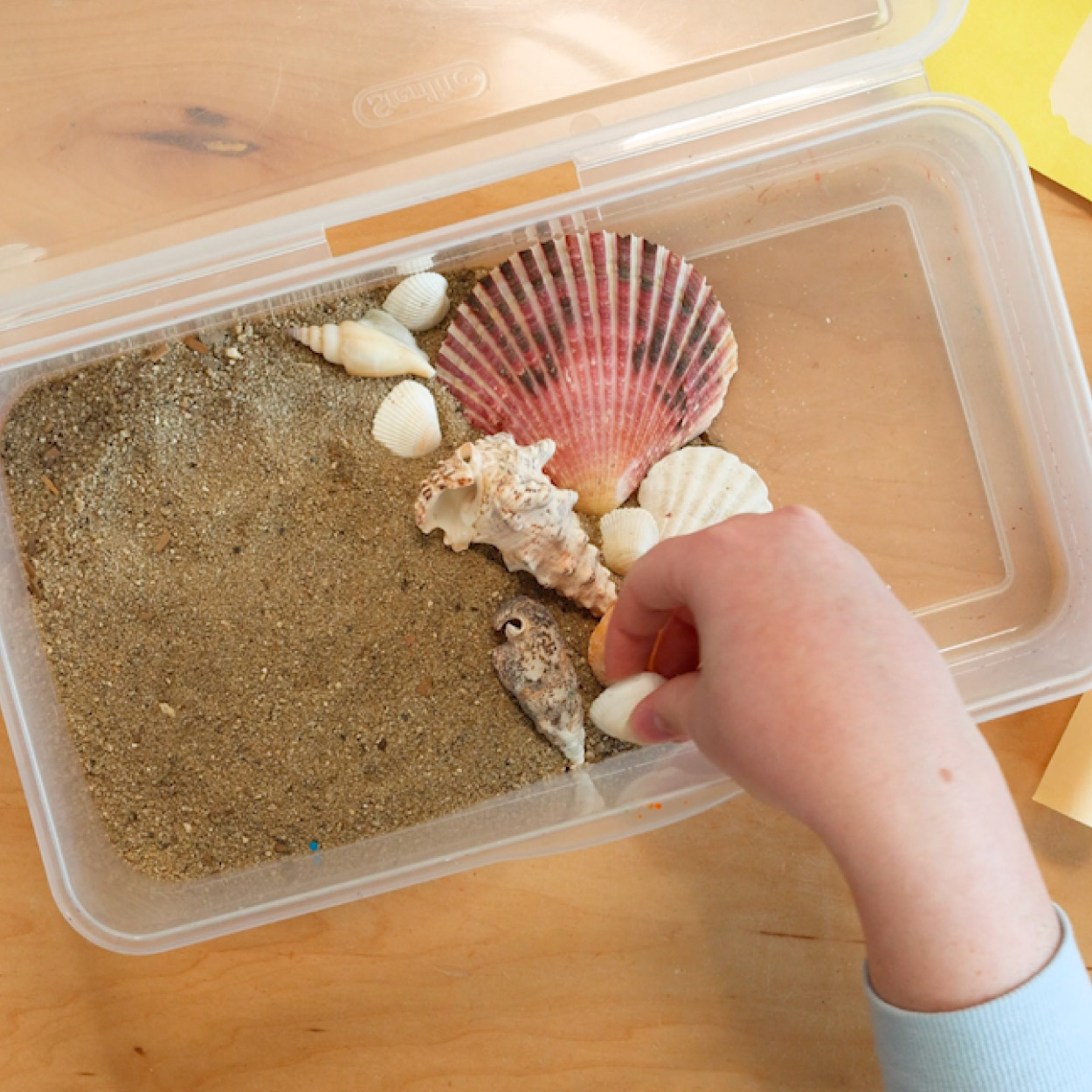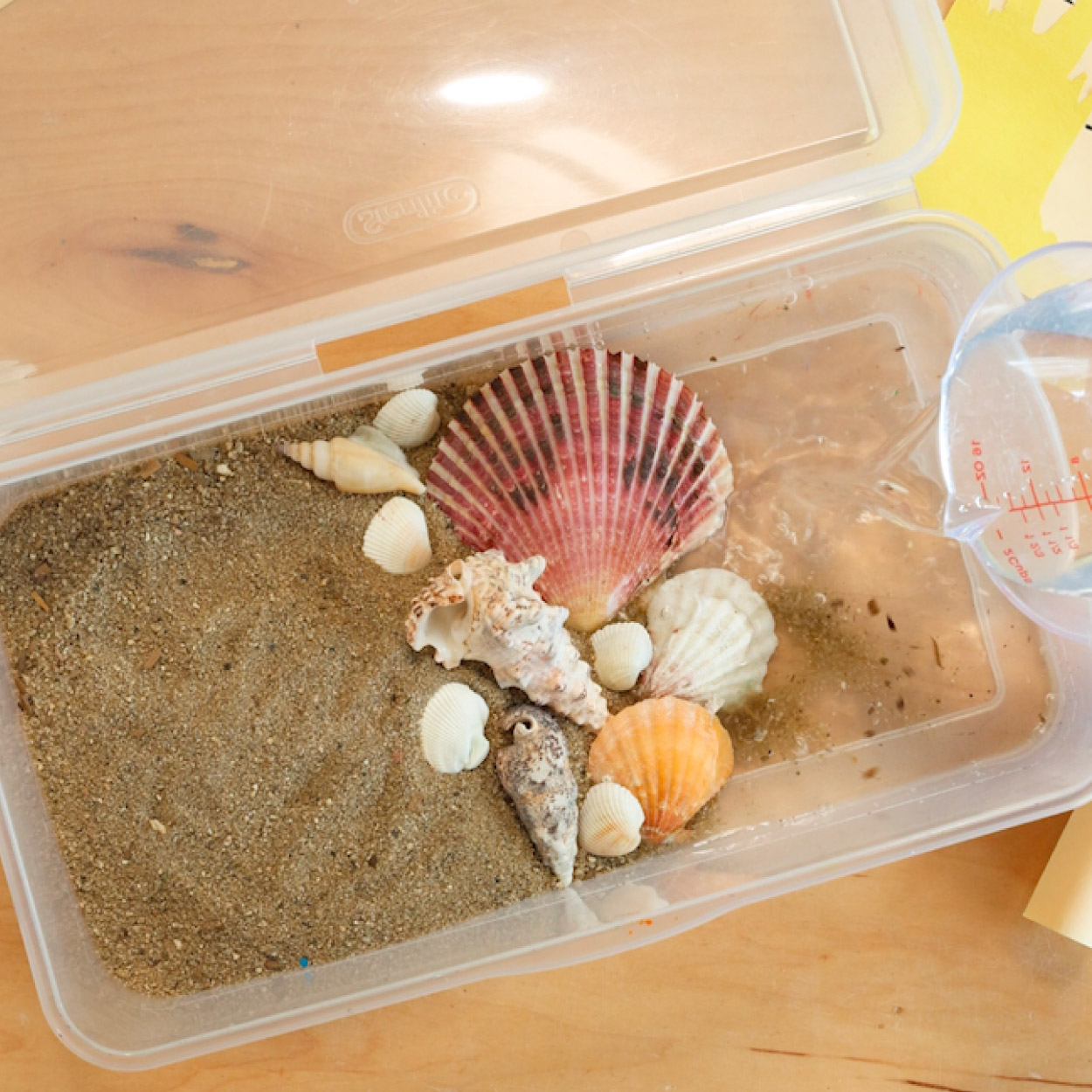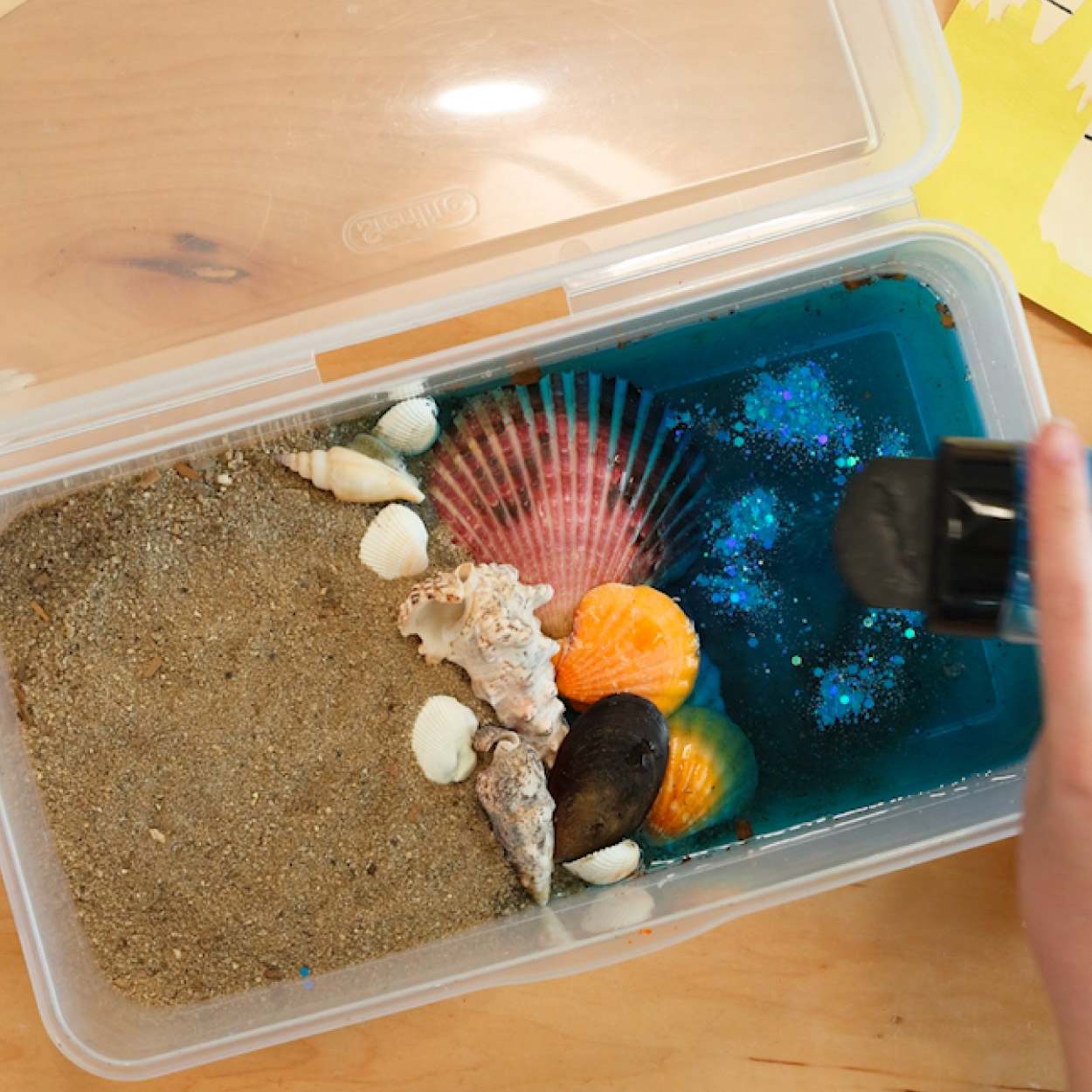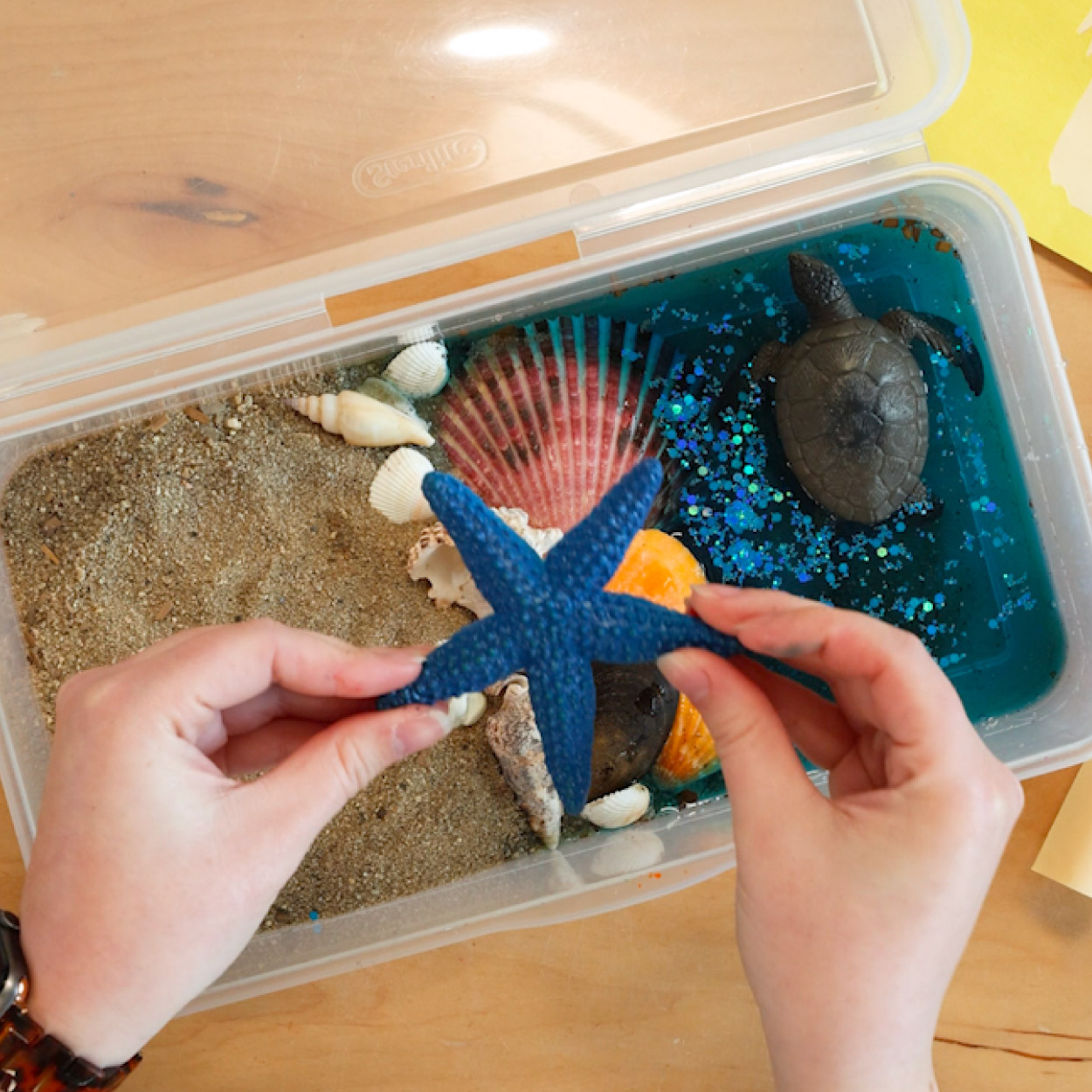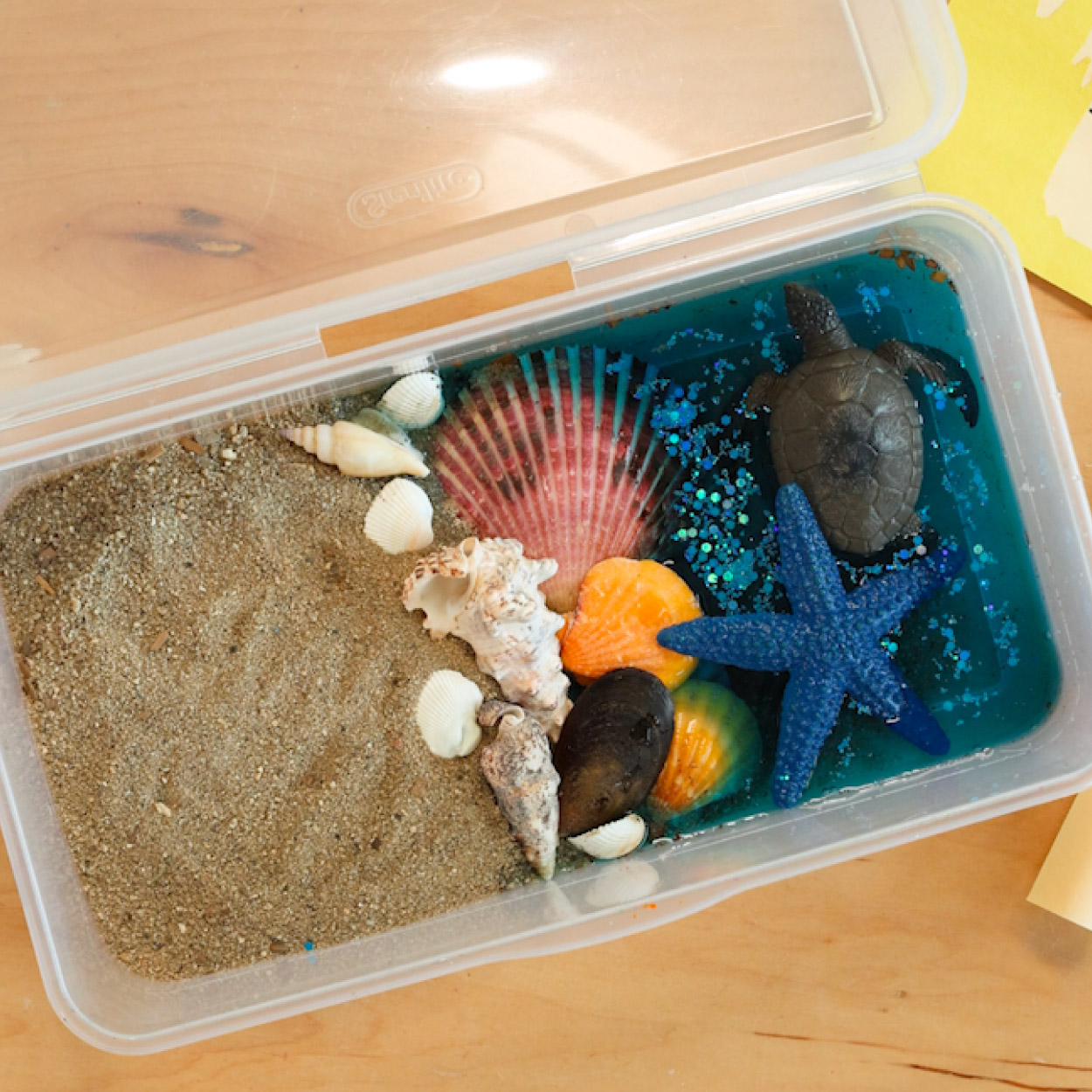
STREAM Activity: Ocean Sensory Bin
Let’s Dive Into The Deep!
Activity best for children ages three and up
March is Women’s History Month! A time to celebrate and honor the incredible contributions of women throughout history and recognize how they’ve shaped the world we live in today. Did you know this celebration started as a week-long event in 1978 organized by educators? It became a month-long celebration in 1987 when Congress made it official. Now, every March we get to look back at the amazing things women have done and say thank you to the women who motivate us everyday.
One woman who inspires us to explore and ask questions is Marie Tharp. She was a geologist, someone who studies rocks and minerals to understand how the earth is built. She was also an oceanic cartographer, a person who makes maps of the ocean. Did you know Marie Tharp helped create the very first map of the Atlantic Ocean floor? Before her, no one really knew what the bottom of the ocean looked like, it was a mystery! Inspired by the book, Solving the Puzzle Under the Sea, we’ll explore a part of Marie’s world by creating our own sensory bin. It’s a fun way for all little scientists to learn to explore the ocean just like Marie Tharp.

